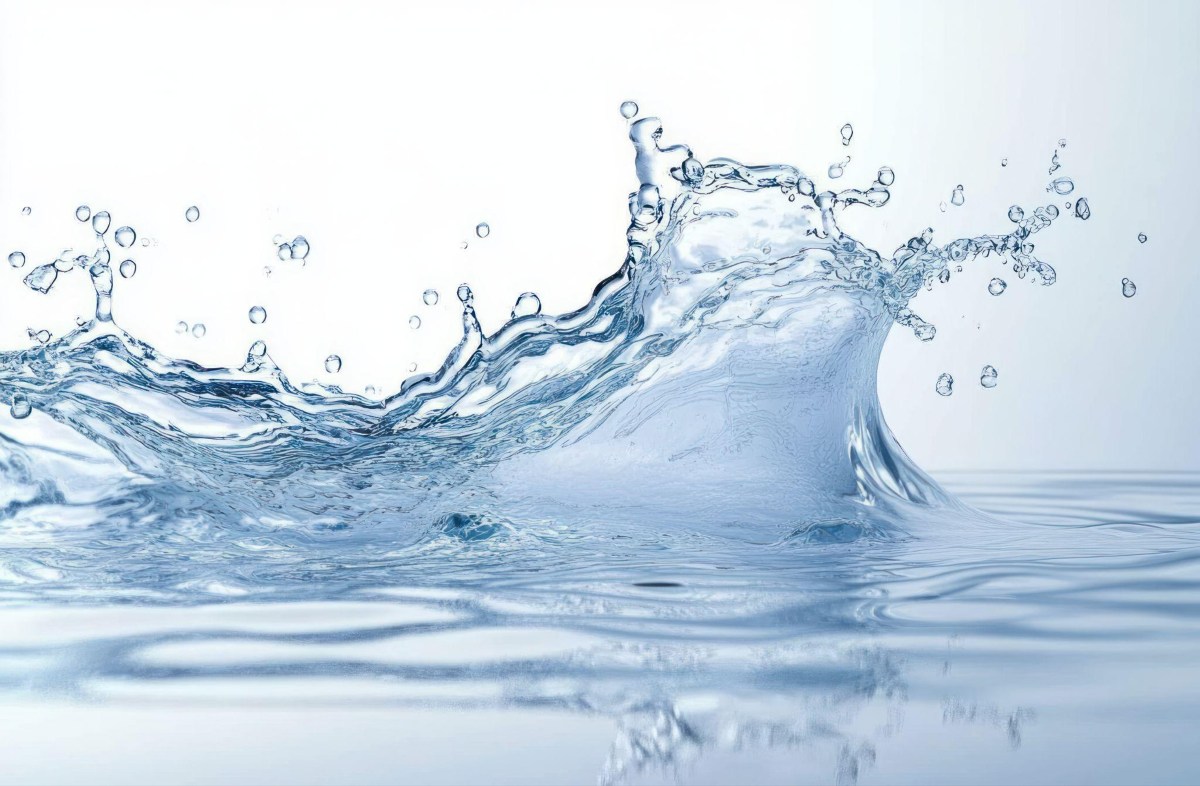Sound Leaks Like Water — The Hidden Challenge of Acoustic Leakage and Sealing in Anechoic Chambers —
08/26/2025

MFAC / MSAC
Introduction: “It’s an anechoic chamber—of course it’s soundproof”… Or is it?
Anechoic chambers are often thought to be perfectly silent and fully isolated from the outside world.
But in reality, sound can leak in and out—just like water—through the smallest of gaps.
Even with the most advanced sound-absorbing materials inside, if the chamber is not fully sealed,
then its acoustic environment is compromised. “Perfect silence” starts with more than just wedges.
Sound Escapes Like Water: Through the Weakest Point
Just like water, sound flows wherever it finds a weakness. Common leakage paths include:
| Leakage Path | Description |
|---|---|
| Door Gaps | Often the weakest point; looks closed, but leaks. |
| Cable Feedthroughs | Even tiny holes can pass high-frequency noise. |
| HVAC Ducts | Airflow carries sound; reverse noise is common. |
| Panel Joints | Structural paths transmit vibration and noise. |
This is similar to a water tank with a small crack—leakage is inevitable unless perfectly sealed.
For precision acoustic testing, even small leaks can skew results.
Sonora’s Acoustic Sealing Technologies
At Sonora, we take acoustic sealing as seriously as sound absorption. Our solutions include:
- High-sealing doors with double-gasket and pressure adjustment
- Custom feedthrough boxes for cables, fiber optics, cooling tubes
- Silenced duct systems with internal sound-trapping paths
- Leakage visualization via FFT spectrum analysis
These measures enable environments with below 20 dBA background noise, while also preventing outgoing noise emissions.
When Does Acoustic Sealing Matter?
- Microphone and speaker performance tests for medical devices
- Ultrasensitive measurements of smart sensors or MEMS
- Anechoic chamber installations in urban or academic buildings
- Multiple labs operating side-by-side with shared infrastructure
In all these scenarios, acoustic leakage can compromise test integrity and facility compliance.
Conclusion: Silence Requires Structure
Sound—like water—escapes through the smallest gaps.
What truly defines a high-performance anechoic chamber is not just what it absorbs,
but what it keeps out and what it keeps in.
Acoustic silence is not just a condition—it’s an engineered result,
achieved through airtight sealing, smart construction, and careful measurement.